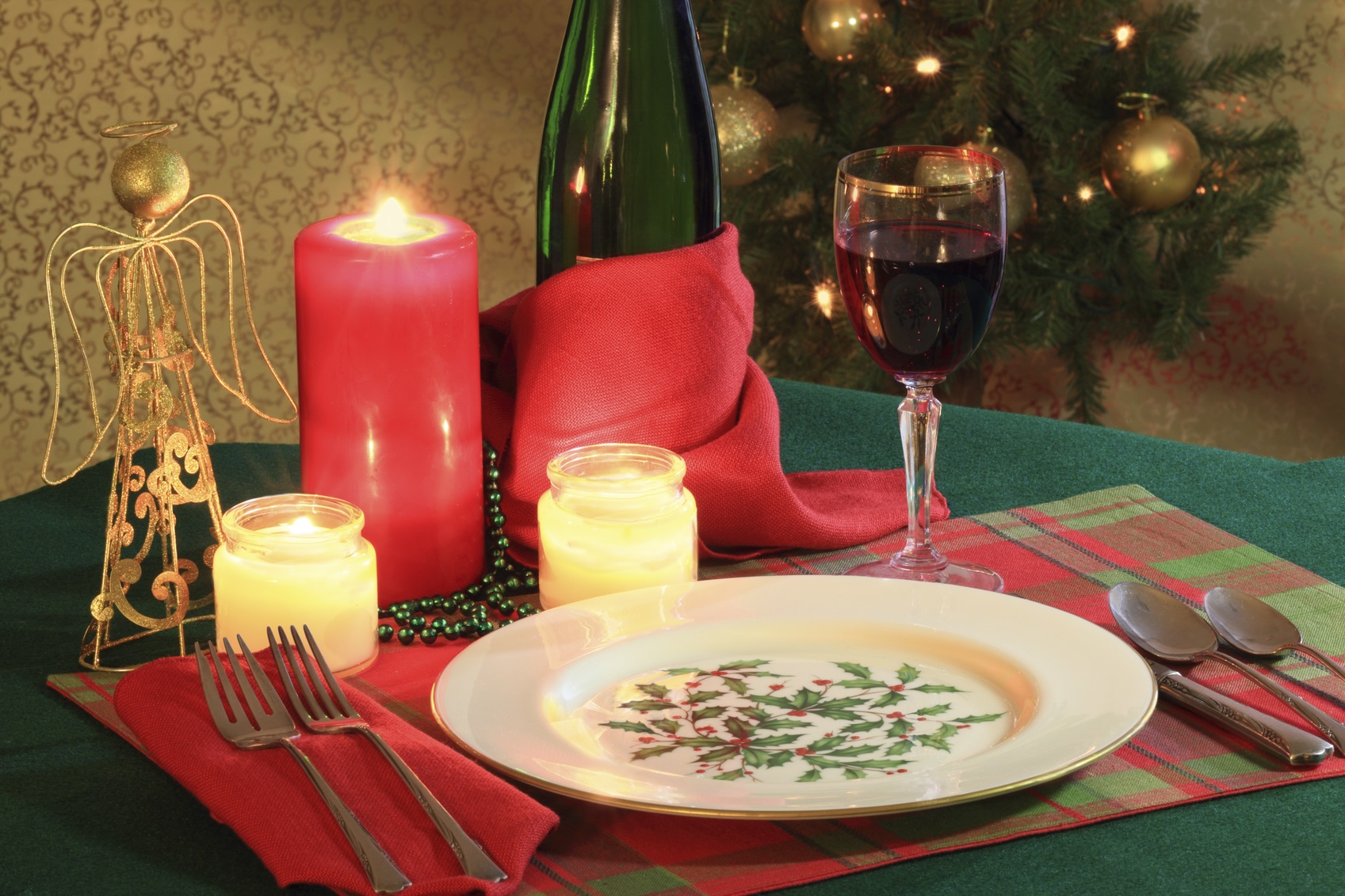Tis the season for holiday importing. If you’re an importer of seasonal merchandise such as decorative plates, kitchenware and cups, you know this is a busy time of year. Here’s what you need to know.
The Time to Import Seasonal Merchandise is Now

It’s July. But for importers of seasonal merchandise like seasonal kitchenware and cups, it’s go time. From January through August there is more space on ships and planes to import your merchandise. As the holidays creep closer, space for your imports on the transit of your choice is harder to come by and you’ll pay a more expensive rate. That means the summer months are crucial for purchasing and making transportation plans for your imports.
Finding Suppliers
It’s crucial as an importer to find suppliers and confirm products costs for your seasonal kitchenware and cups in July. Getting orders in early ensures your order will be produced on time before suppliers get backlogged with orders from importers that aren’t as deadline savvy as you.
Supplier Tip: The earlier the order, the better chance you have of negotiating a discount on your order instead of paying more to have your order completed on time closer to the holidays.
Line Up Freight and Logistics Quotes
Summer is the time of year to get quotes for freight shipments and logistics technicians that will try and find you the safest and most cost effective cost for the transport of your import freight. A Licensed Customs Broker using the connections and expertise they have in the industry can be invaluable in this process.
Specialty Seasonal Merchandise Prohibitions

Are you planning to import kitchenware and cups in the form of a packaged holiday gift basket? Gift baskets are inspected by the U.S. Food and Drug Administration (FDA), U.S. Customs and Border Protection (CBP) and the U.S. Postal Service to ensure food products meet import entry requirements. Follow these FDA guidelines for importing gift packs.
Some examples of holiday gift packs that require additional scrutiny include:
- Those containing crackers, cheese and condiments.
- Wicker baskets containing alcohol.
- Those containing baked goods and other desserts.
Ceramicware and Cups Alert
In June of this year, the FDA “identified dietary lead exposure as a significant public health issue,” according to a recent FDA Import Alert.
Lead and cadmium components in ceramicware can seep into foods when the glaze of the ceramicware isn’t applied or formulated properly. Lead can also seep from the colors used to make patterns in seasonal kitchenware and cups. Imported ceramicware will be monitored and inspected closely by the FDA, which has a list of countries and suppliers for you to review.

Seasonal Kitchenware Tax Designation
Seasonal kitchenware and cups have their own section in the Harmonized Tariff Schedule (HTS). The HTS decides what tax, or tariff, you’re going to pay as an importer for those plates, cups and other kitchenware. A number classification code is assigned based on a product’s name and/or the materials used to construct your imports. Use this import dinnerware duty classification calculator to figure out your estimated tax.


Leave a Reply
You must be logged in to post a comment.